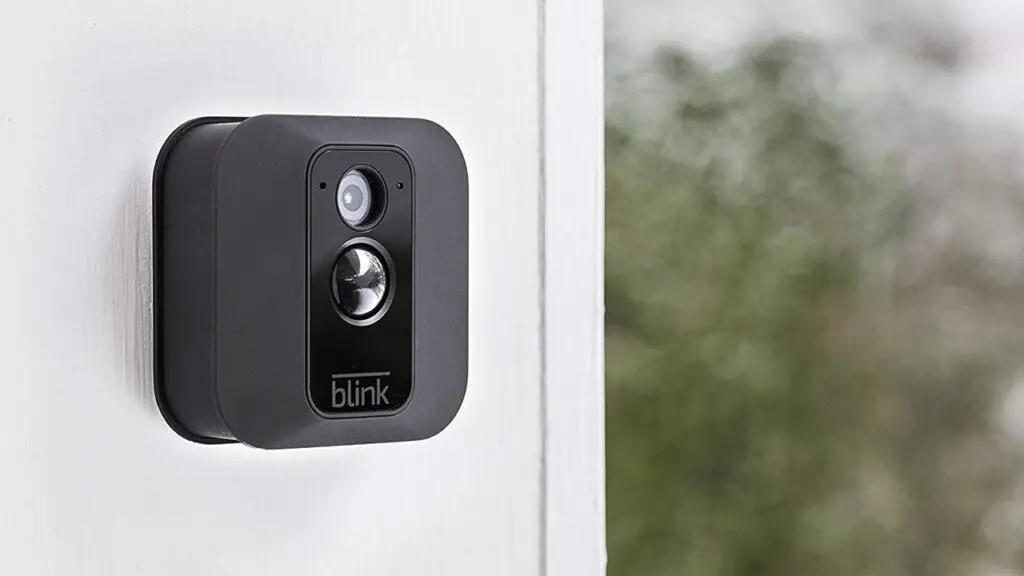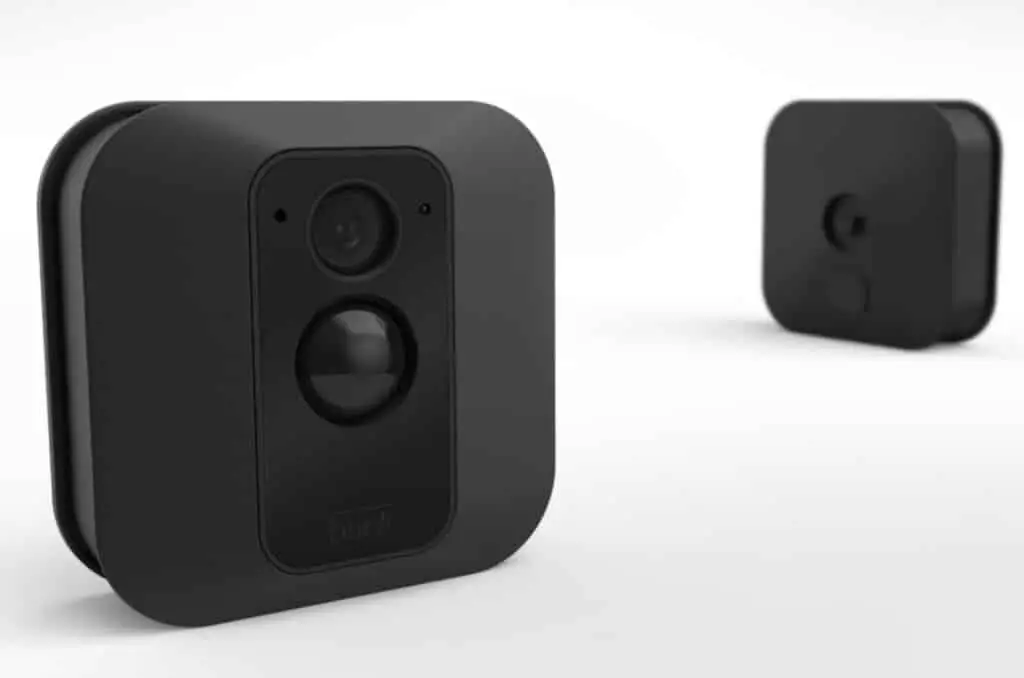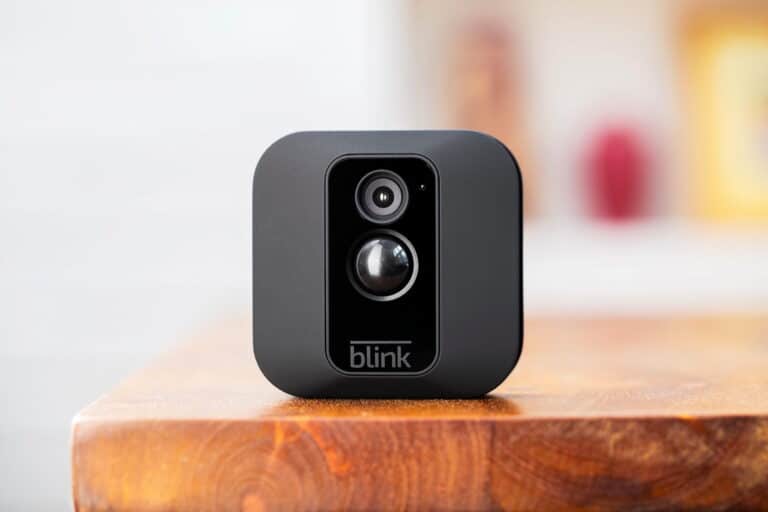Introduction
How To Open Blink Camera With Tool: Blink cameras have revolutionized the world of home security, providing users with a reliable and convenient way to monitor their properties remotely. However, there may come a time when you need to access the internals of your Blink camera for troubleshooting or maintenance purposes. While Blink cameras are designed to be tamper-resistant and durable, it is still possible to open them using the right tools and techniques.
Please note that attempting to open your camera may void the warranty and could potentially damage the device if not done correctly. Therefore, we strongly advise proceeding with caution and only attempting this process if you are confident in your technical abilities. Blink cameras for malicious intent. Instead, it aims to empower Blink camera owners to perform necessary repairs or modifications that can be done safely and responsibly.
Let’s delve into the specifics of opening a Blink camera with a tool, taking all necessary precautions to preserve the device’s functionality and integrity. Remember, if you’re uncertain about any step in the process or unsure of your technical skills, it’s best to seek professional assistance or contact Blink support for guidance.

How do I remove a Blink camera from my mount without tool?
To remove the camera, hold the mount still and pull the bottom of the camera away from the mount. The mount fits very tightly so your camera is safe and secure, don’t be afraid to pull the camera off the mounting bracket. Our FAQ page about battery life and usage can be found here.
Make sure the camera is off before removing it. If your Blink camera is powered by a USB cable or AC adapter, unplug it from the outlet or disconnect the USB cable.
Most Blink cameras include magnetic mounts for easy removal. To remove the camera from the magnetic mount, gently grasp it and push or slide it up. The magnetic force normally holds the camera in place during normal use, although it should be hand-detachable.
To remove your Blink camera from a swivel mount, rotate it counterclockwise or clockwise. Apply slight pressure and slowly turn the camera to loosen it from the mount.
Some Blink cameras have a latch or release button on the mounting bracket. Find a little button or tab at the camera base. Disengage the camera by pressing and gently pushing it away from the mount.
Use a soft cloth or gloves to grab and twist or remove the camera off the mount if it’s stuck. Avoid using too much force to avoid damaging the camera or mounting bracket.
If the camera remains stuck, gently rock it while pressing up. This action can free the camera from the magnetic or swivel mount.
How do you use a Blink camera without batteries?
The USB port on the back of all Blink cameras can be used with a Micro USB cable and adapter to power them, rather than using batteries. For proper safety only use 5V/1A USB power adapters.
The Blink Sync Module is essential for connecting the cameras to the Blink cloud and your smartphone. The Sync Module needs power, not batteries. Keep the Sync Module powered to keep the camera connected and operating without batteries.
Blink cameras often have USB ports for power. A suitable USB cable can connect the camera to a wall outlet or power bank. This approach provides continuous power without batteries.
A Blink camera solar panel may make your camera energy-efficient and eco-friendly. Solar panels charge a rechargeable battery pack that powers the camera. If it gets enough sunlight, this system can run your camera battery-free.
If there are electrical outlets nearby, you can hardwire the camera using a power adapter. Many Blink cameras include power adapters that plug straight into wall outlets to provide consistent power without batteries.
PoE adapters are available for some Blink cameras. The camera receives data and power from an Ethernet wire with a PoE adaptor. This ensures a stable connection without batteries.
Replace disposable batteries with Blink camera-specific rechargeable batteries. Use a suitable charger to charge and reuse these batteries to reduce waste and costs.
Where is the button on Blink camera?
The Blink Mini has a reset button on the bottom side of the camera. This reset button can be used when you add your Mini to a new or existing Blink system or when you move your Mini to a new location or Wi-Fi network.
The button location on a Blink camera varies by model. It’s usually on the camera’s back or bottom. Blink cameras are small and sleek, with the button built into the casing.
The button is on the Blink Sync Module for some Blink cameras. The Sync Module is a small hub that connects Blink cameras to cloud servers.
The button starts camera-Sync Module sync. Setting up or installing a Blink camera requires this step. By clicking the camera or Sync Module button, you may securely link the devices for seamless communication.
Wi-Fi settings can be configured via the Blink camera button. The camera will ask you to push the button to connect to your Wi-Fi network during setup. This lets the camera connect to your smartphone or other devices online.
Sometimes you need to manually reset your Blink camera. For this, the button is essential. Reset the camera to factory defaults by pushing and holding the button for a certain time.
How long do Blink cameras last?
Overall, the battery life of a Blink camera can last up to two years, but this estimate can vary depending on several factors. It’s important to consider the frequency of use, temperature, and battery type when determining the expected battery life of a Blink camera.
Blink cameras typically last two to five years. This is a general estimate, although cameras may last longer or shorter depending on their use and environment.
Blink cameras’ lifespan depends on its build quality and components. Superior materials and components can resist prolonged use and wear. Installation environment affects Blink camera longevity. Extreme temperatures, humidity, and sunlight can damage electronics and prematurely wear them out.
The number of camera activations and data processing needed can affect its longevity. A high-traffic or continually recording camera may be stressed more than one in a low-activity region. Battery type and frequency of recharging or replacement effect Blink camera lifespan. Rechargeable batteries can save money and the environment if used properly.

How do I turn my Blink back on?
If you are having any issues with your Sync Module, unplug the power cord from the back of the unit for 10 seconds and then plug it back in. The device will reboot and reconnect and display a solid blue and solid green light or solid blue and blinking green when ready for setup.
Check your power source before turning on your Blink camera. Blink cameras usually use batteries, however others use USB or solar power. Check your power source’s charge or outlet.
If your Blink camera uses batteries, make sure you have the right ones and put them in appropriately. To install batteries and cameras properly, check the polarity (+/-) indications. Ensure your Blink Sync Module is powered and set up before connecting your camera to the Blink cloud and smartphone. Connect the camera to the Sync Module using the instructions given.
Find the Blink camera’s housing power button to turn it on. Power buttons are normally on the back or bottom of cameras, depending on model. Hold the power button for a few seconds until the camera’s LED indicator lights up or chimes.
Watch the LED indicator after turning on the camera. The LED may show the camera’s setup, synchronizing, and network status. For a complete description of the LED indicator’s states, see the Blink camera’s user manual or website.
Can you flip the blink camera?
Yes, if mounting on a ceiling, you can invert the camera view using the “Flip Video” button in the Mini Camera settings.
Physical Rotation of Blink Cameras: Blink cameras don’t have a physical rotation or swivel feature by default. Blink cameras have fixed lenses, limiting their pan and tilt capabilities. Blink cameras are mountable despite not having a rotation mechanism. The cameras are lightweight and compact, making them appropriate for wall, ceiling, and freestanding mounting.
Adjustable mounts allow Blink cameras to tilt to the desired angle. You can angle the mounts up, down, left, or right to adjust the camera’s view within mounting constraints. The Blink camera’s adjustable mount may tilt vertically to capture the necessary region for wall mounting. The camera can be angled downward to watch the lower section of the space and upward to monitor the upper part.
Ceiling installation lets you flip the Blink camera’s perspective. Set the camera upside down on the ceiling and tilt it with the adjustable mount. Ceiling mounting is handy for monitoring regions where wall mounting is impractical.
Will opening the Blink camera void the warranty?
The most critical factor in determining whether opening a Blink camera will void the warranty is the manufacturer’s official warranty policy. The warranty policy outlines the terms and conditions under which the manufacturer agrees to repair or replace the product within a specific period.
Most manufacturers’ warranties state that tampering or unauthorized access by the consumer or third party will void the warranty. Opening the Blink camera without permission or repairing it yourself may fall under this category.
The Blink camera manufacturer’s warranty is usually one to two years from purchase. If a warranty-covered fault or issue occurs within this period, the manufacturer must fix it according to the warranty policy.
guarantee exceptions allow certain repairs or modifications without voiding the guarantee. The manufacturer may allow customer battery replacement or software updates without voiding the warranty. If your Blink camera breaks during the warranty term, contact the manufacturer’s support or authorized service centers. Repairing the camera yourself may void the warranty and leave you liable for any subsequent damage.
Why would I need to open my Blink camera with a tool?
One of the most common reasons users may consider opening their Blink camera with a tool is to perform repairs or maintenance. If the camera experiences a physical issue or stops functioning correctly, some technically proficient users might attempt to troubleshoot and fix the problem themselves. However, it’s crucial to note that doing so may void the warranty and should only be attempted by individuals with the necessary technical skills.
Blink cameras with disposable batteries may require opening to replace batteries. This task is simple and generally encouraged by the manufacturer, but it’s important to follow their instructions to avoid camera or component damage.
Tech-savvy customers may add power supplies, mounting options, and smart home device integration to Blink cameras. Such changes require a deep understanding of electronics and its hazards. Camera lenses can collect dust and debris, reducing image quality. Cleaning the lens without opening the camera is possible, however users may need to open it for thorough cleaning.
Technically capable individuals may open the Blink camera to access storage components or recover data in rare cases. This is a complex operation with hazards, so only data recovery experts should perform it.
Can I reassemble the Blink camera after opening it?
Blink cameras are complex electronic devices with intricate internal components. When opening the camera, you might encounter delicate circuits, sensors, and wiring that need to be handled with extreme care.
After opening a Blink camera, you must grasp the disassembly stages and component removal sequence to reassemble it. Documenting or taking careful notes during disassembly can aid reassembly.
Reassembling a Blink camera without the necessary expertise can increase the risk of causing further damage to the camera or its internal components. Even small misalignments or improperly connected components can lead to malfunctions or total failure of the camera.
Blink cameras often contain small parts and connectors that require precise handling. Losing or misplacing these components during disassembly or reassembly can make it challenging to restore the camera to its original functionality.
Reassembling a Blink camera may require specialized tools and technical expertise. Without access to the right tools or sufficient knowledge of electronic components, reassembly can be a daunting task.

Conclusion
Blink camera and are unsure about how to proceed, consider reaching out to Blink’s official support channels or consulting with professionals experienced in Blink camera repairs. They may provide experienced advice to ensure that repairs and maintenance are done appropriately and without voiding the warranty.
Moreover, modifying or tampering with Blink cameras could lead to unintended consequences, such as rendering the camera less effective in providing security or even causing irreversible damage to the device. It is essential to weigh the risks and benefits carefully before attempting any modifications. Blink camera tool may be an intriguing endeavor, it is essential to proceed responsibly, ensuring that you prioritize the safety, privacy, and functionality of the device. Always act within the bounds of the law, seek professional guidance when needed, and use your knowledge in an ethical manner
For those interested in understanding the internal workings of Blink cameras or exploring the world of electronics, it may be more appropriate to do so through legitimate channels such as educational programs, workshops, or online resources. Engaging in these avenues can provide valuable knowledge without compromising the integrity of the Blink camera or violating any legal boundaries.

